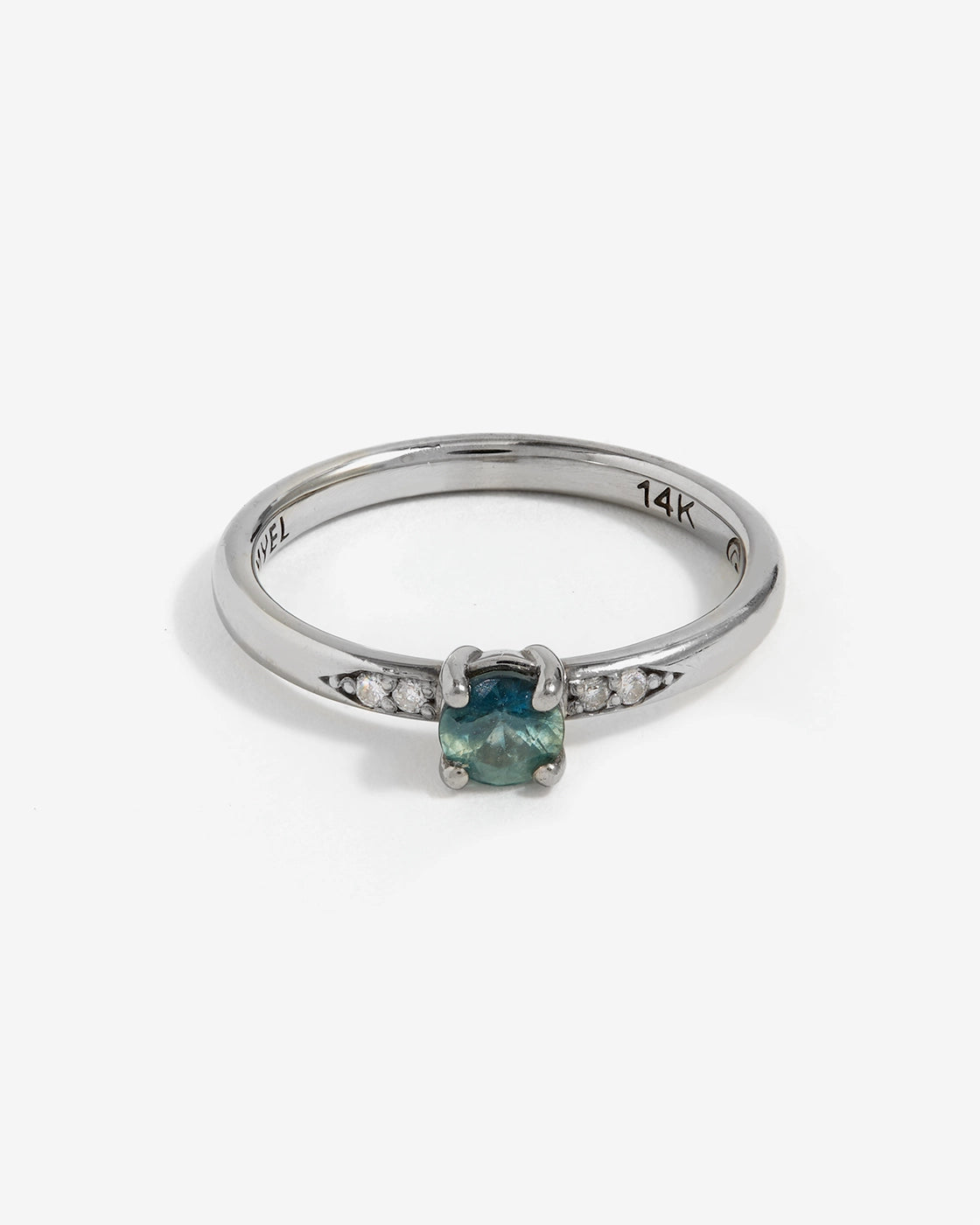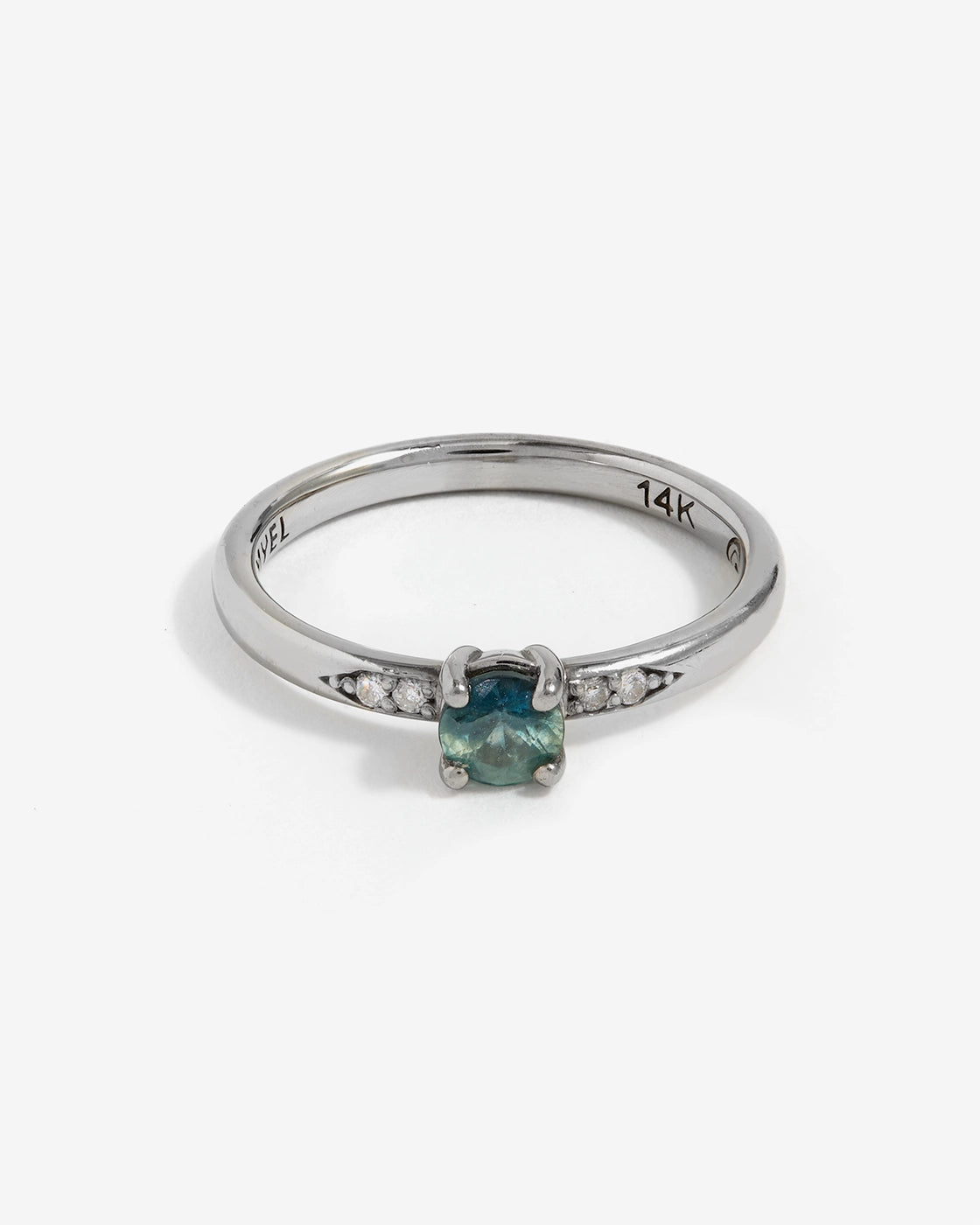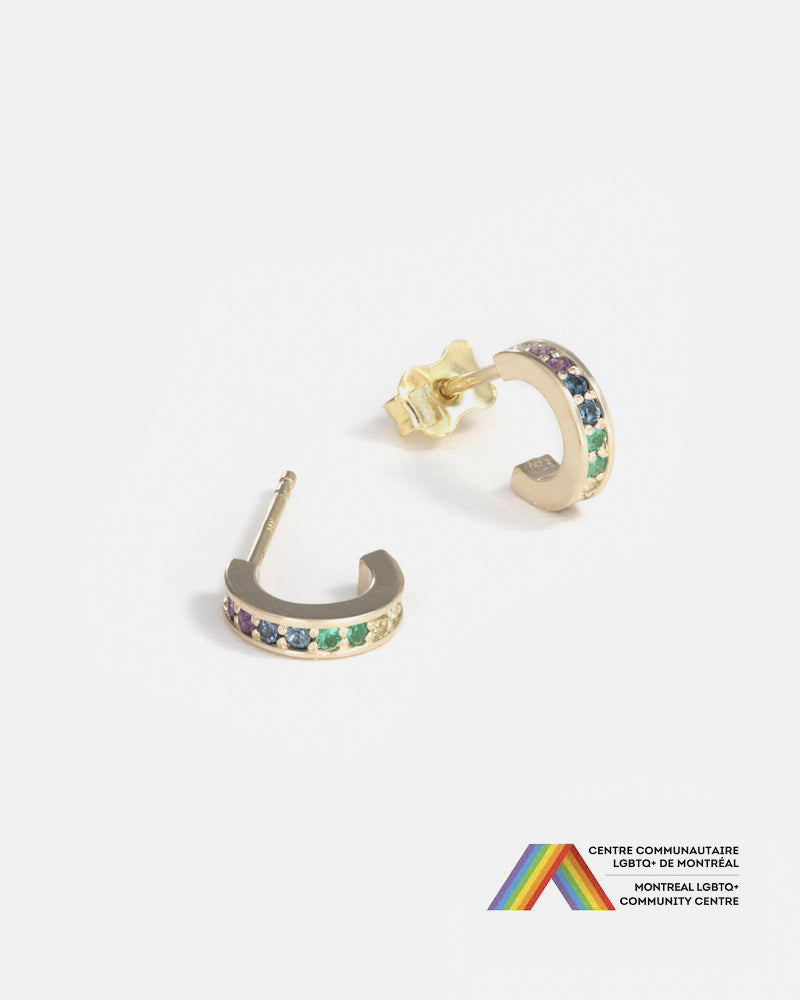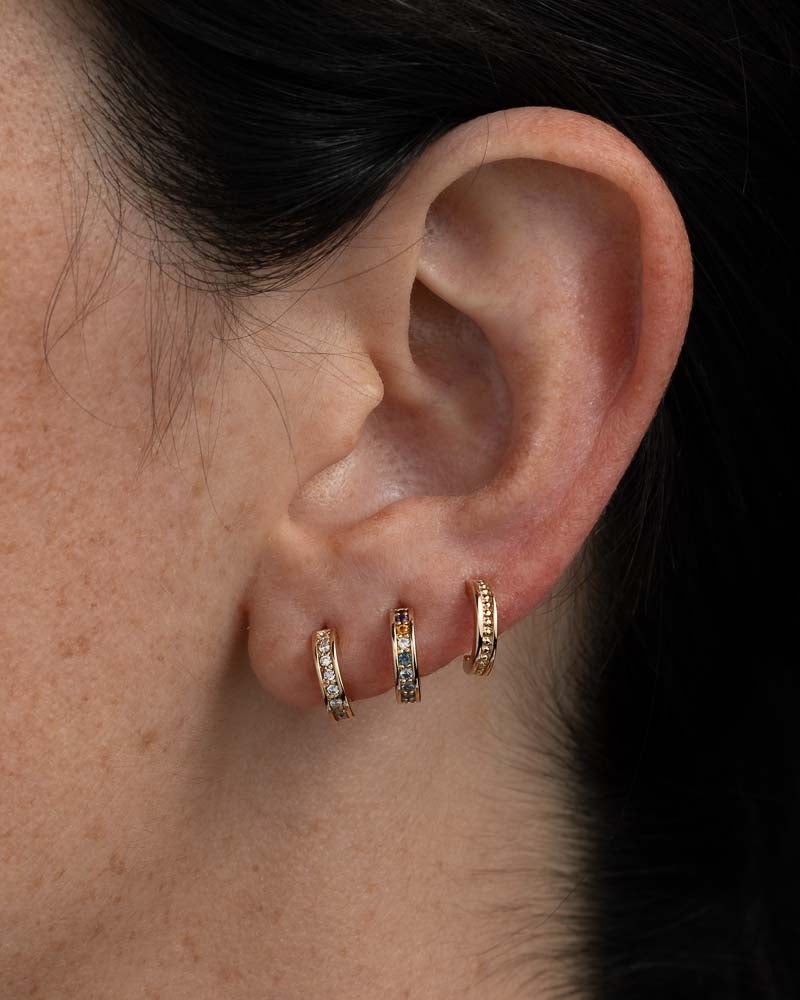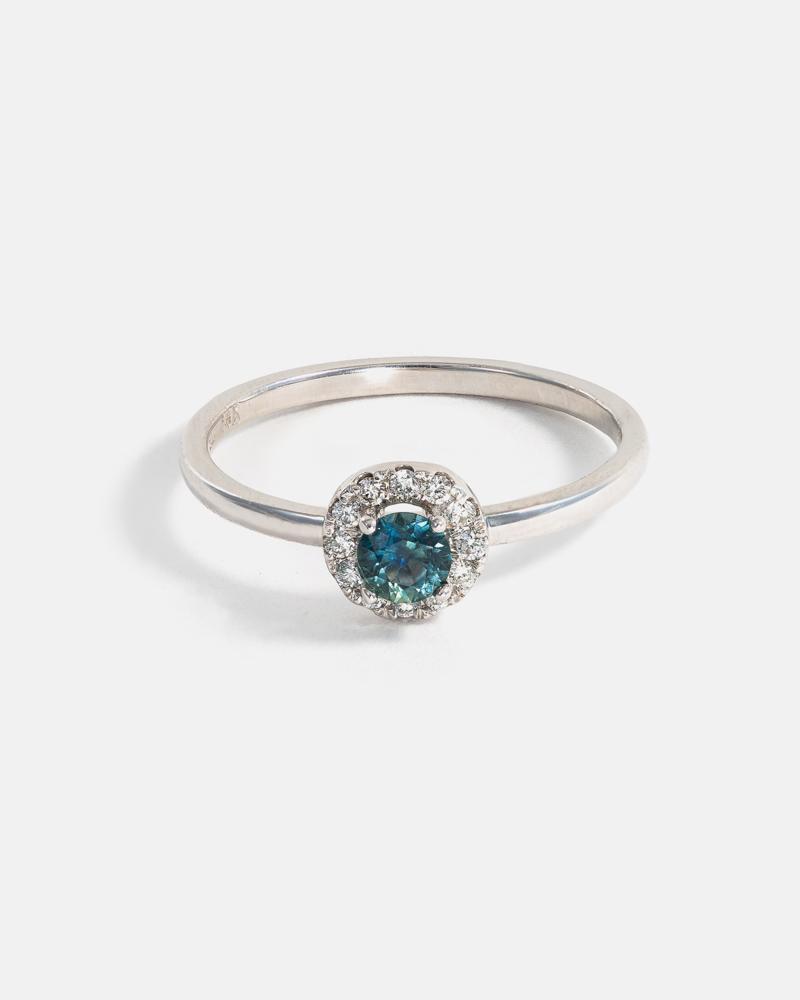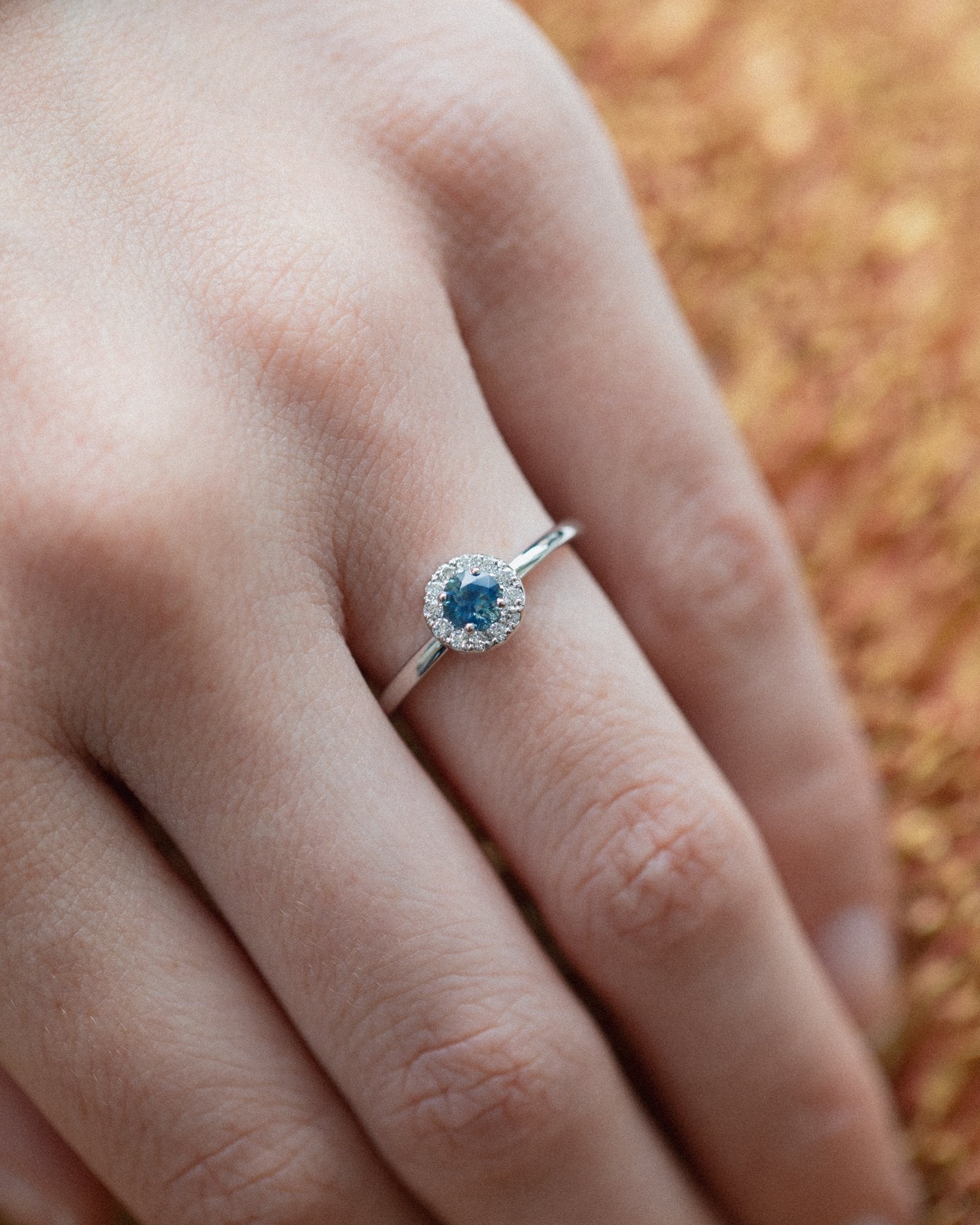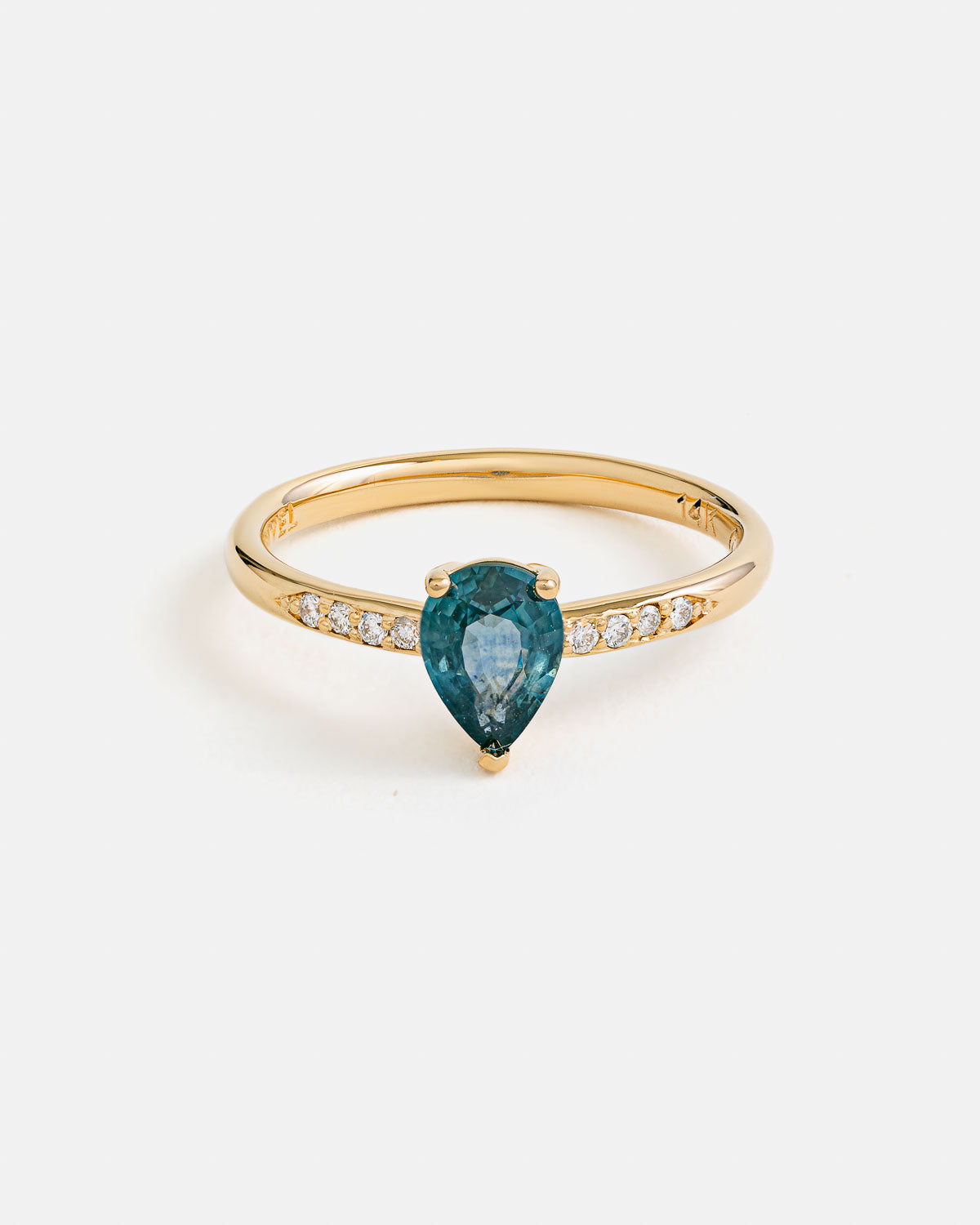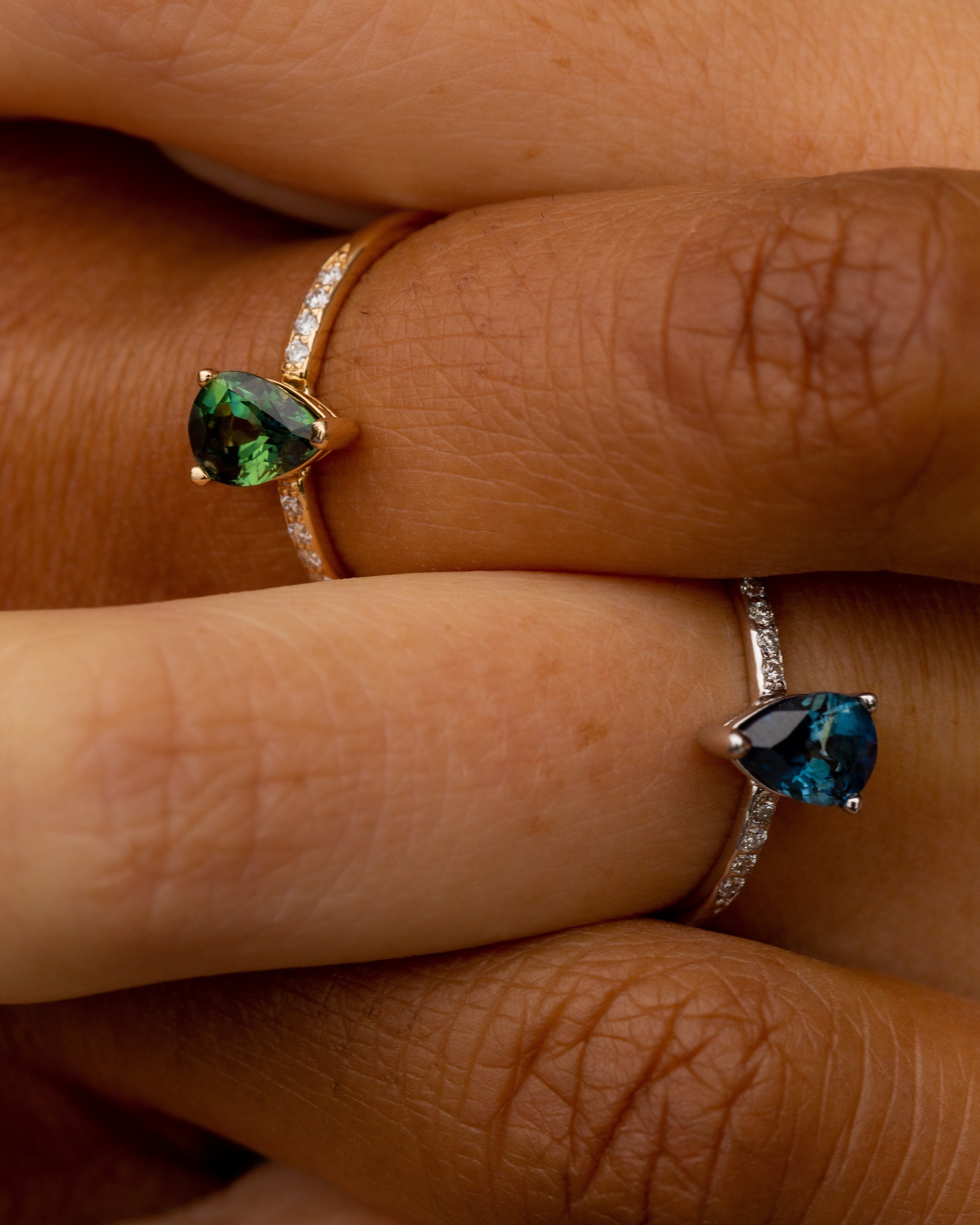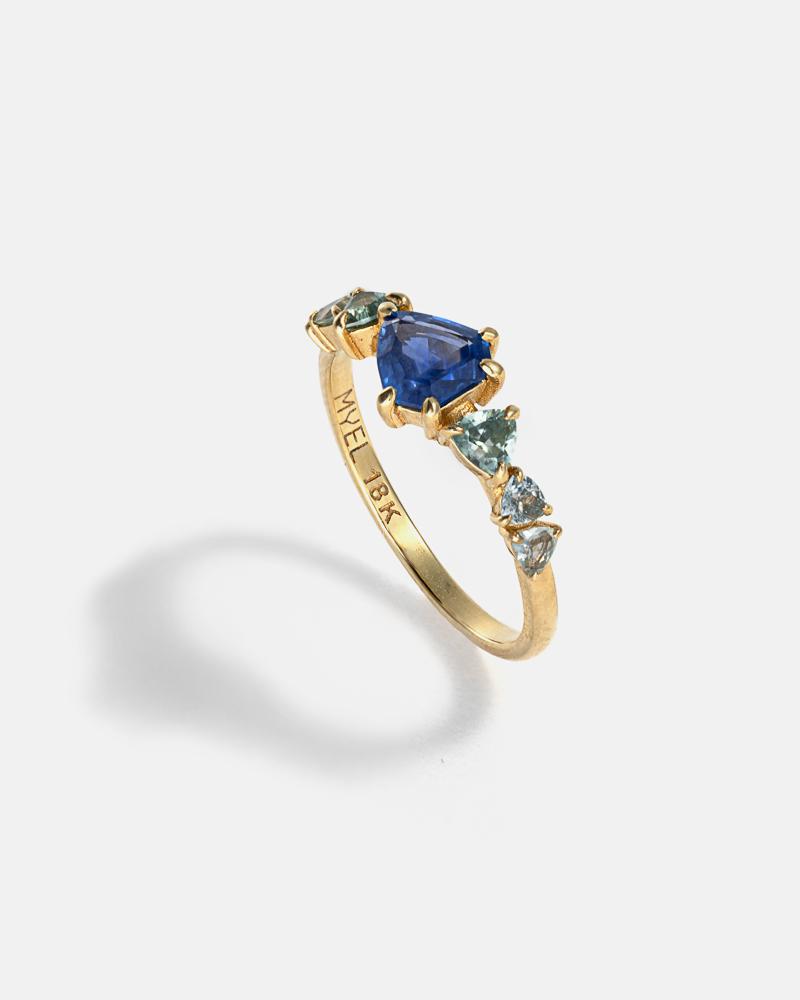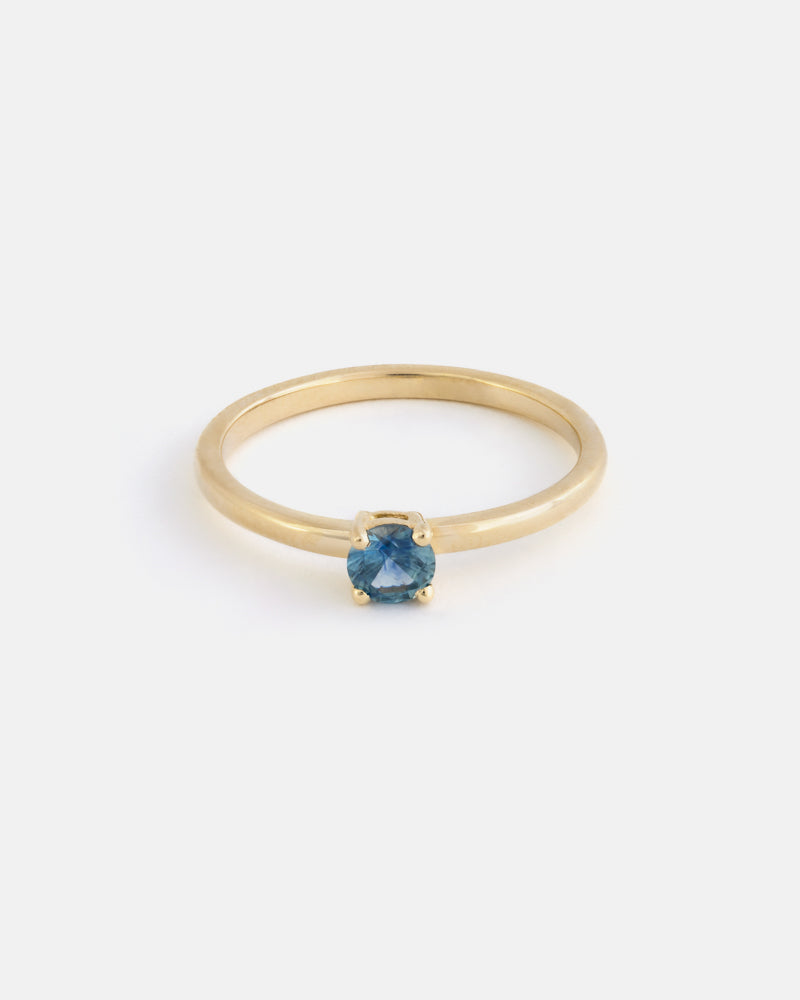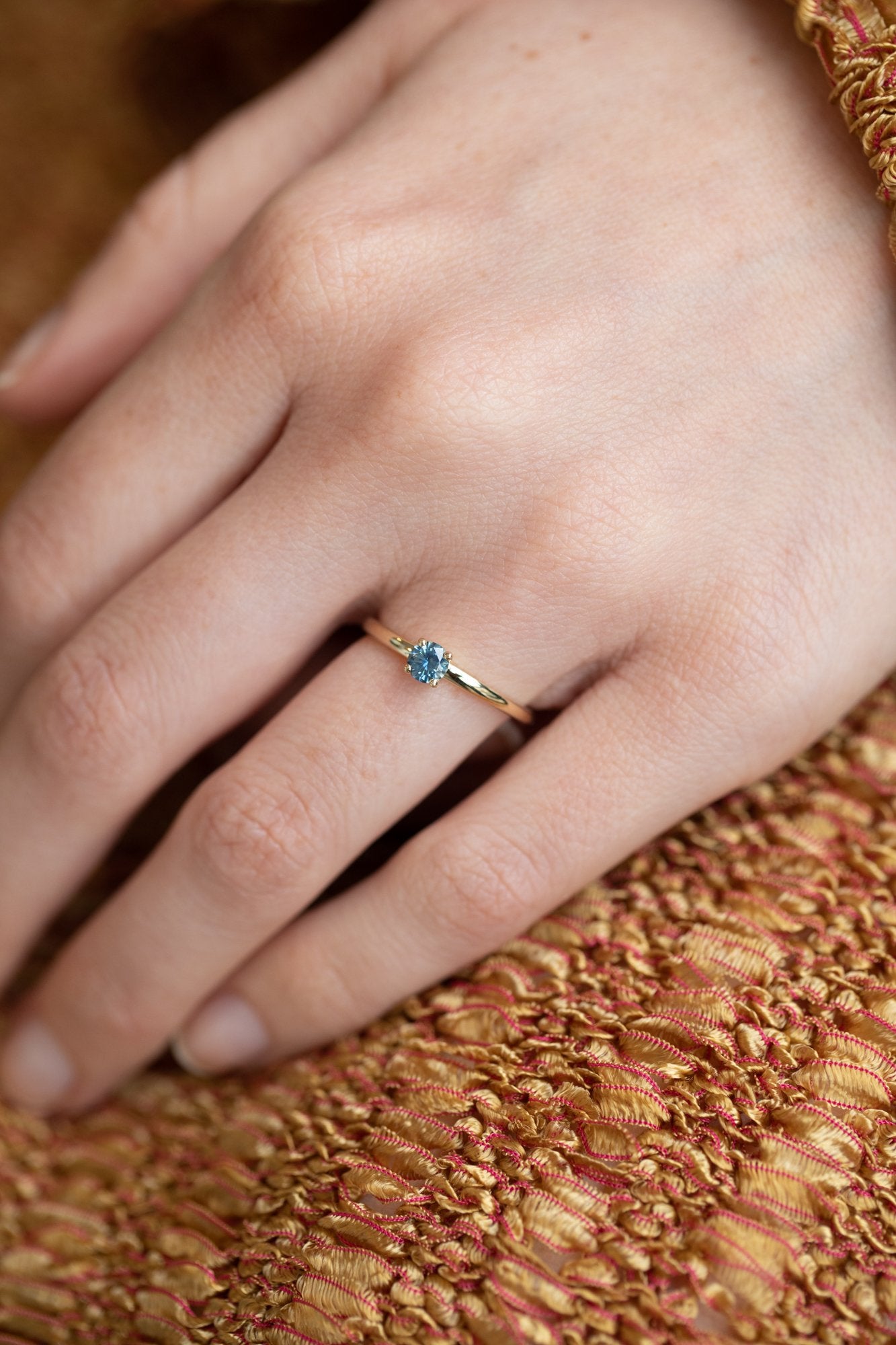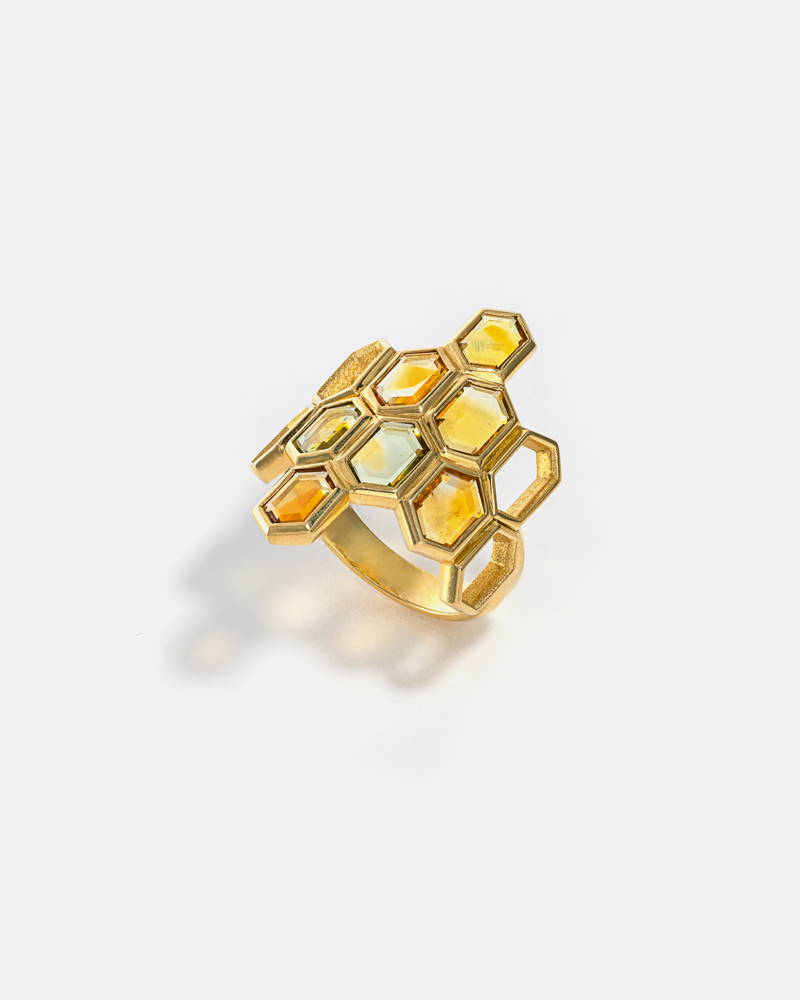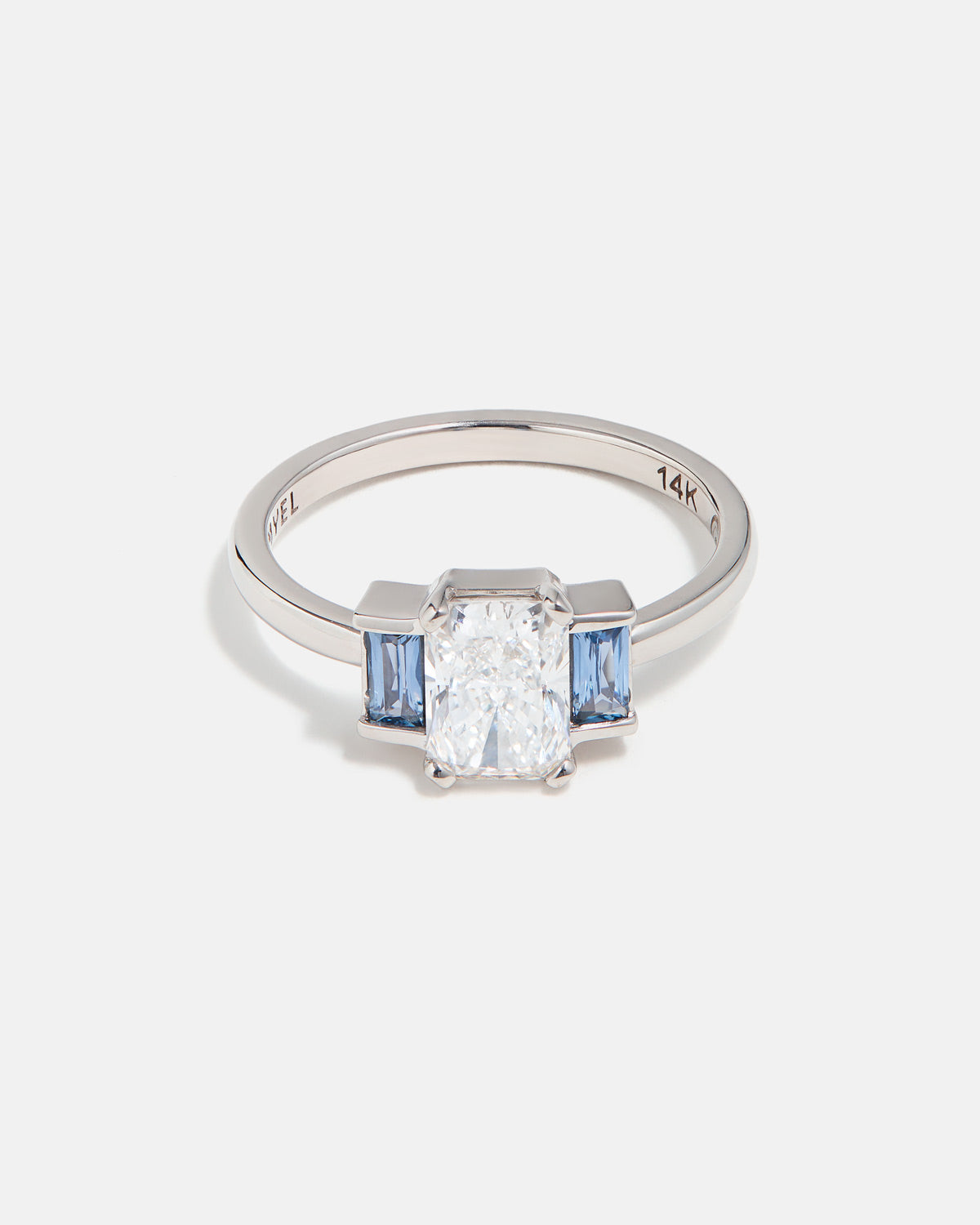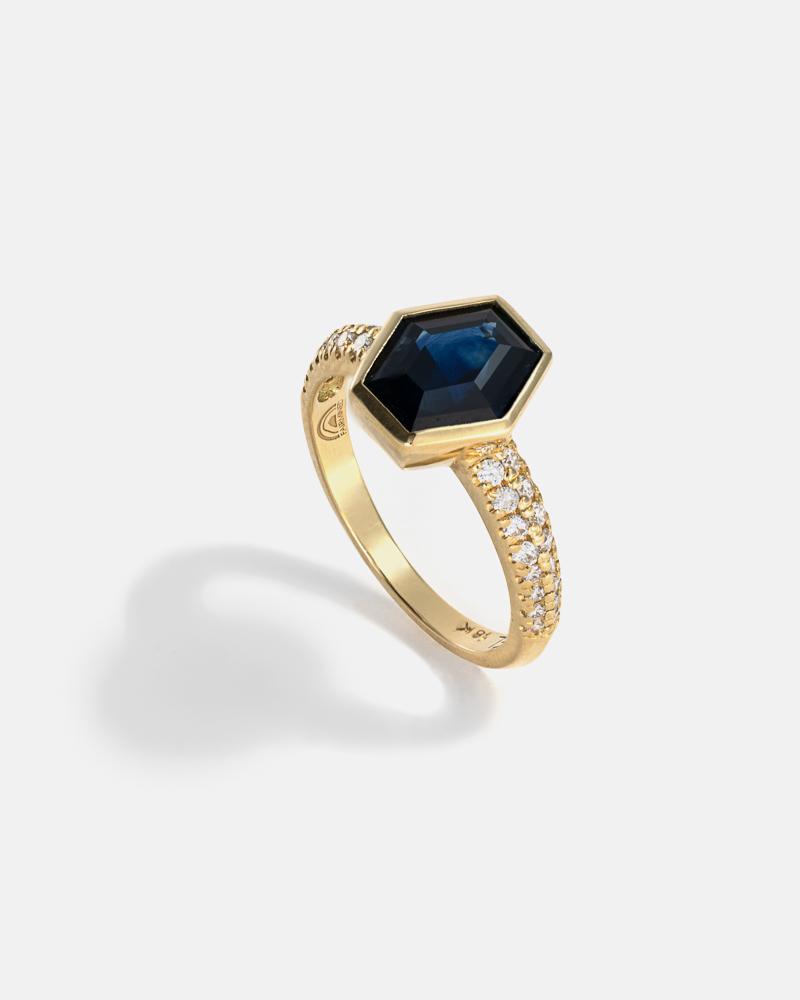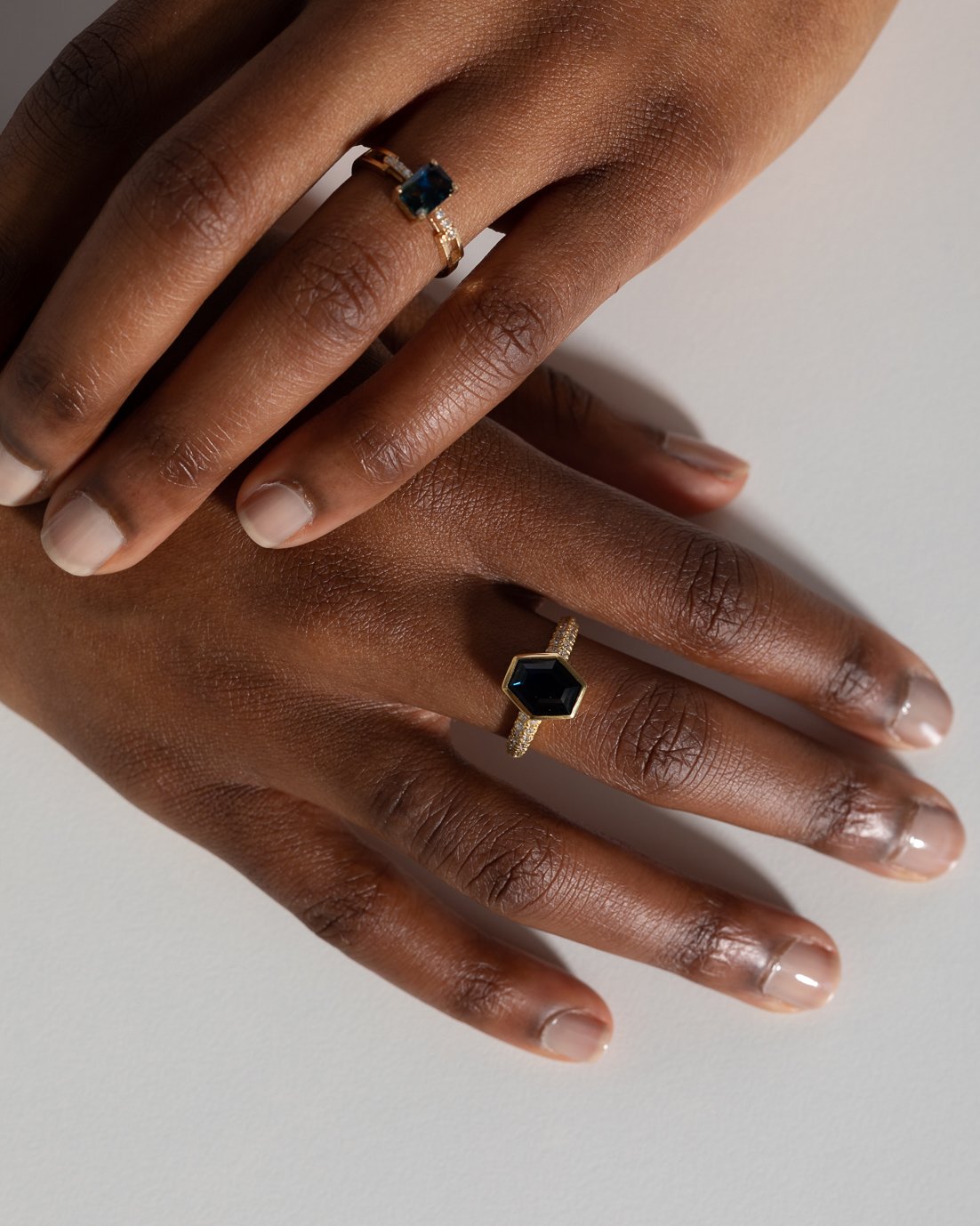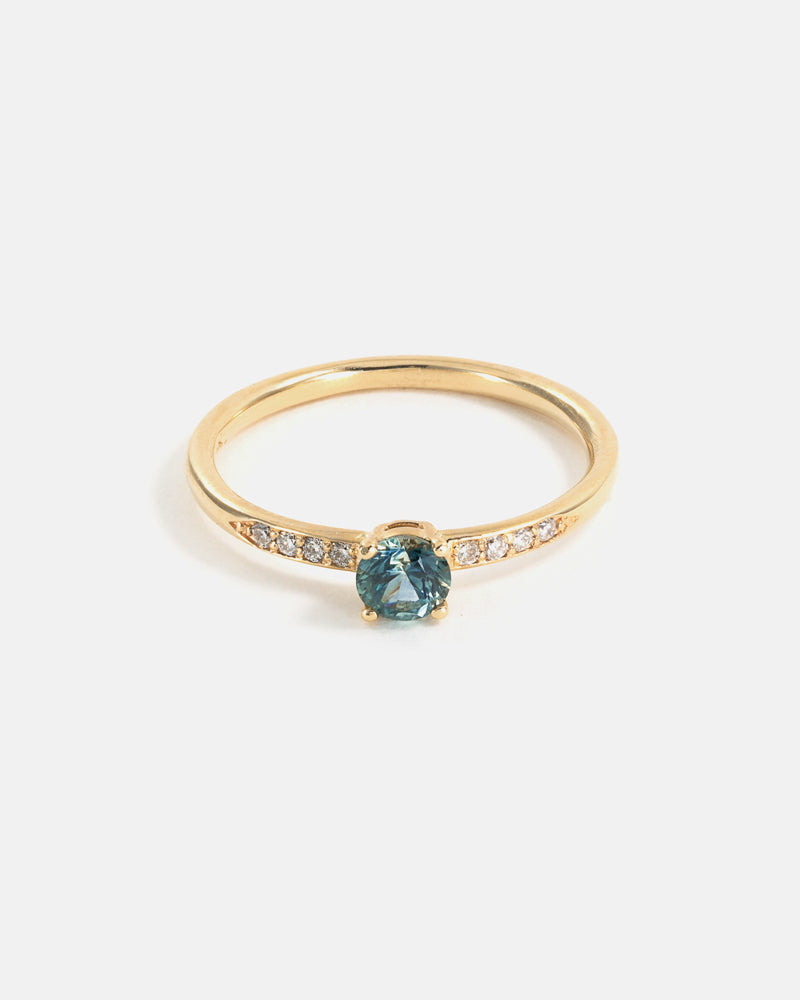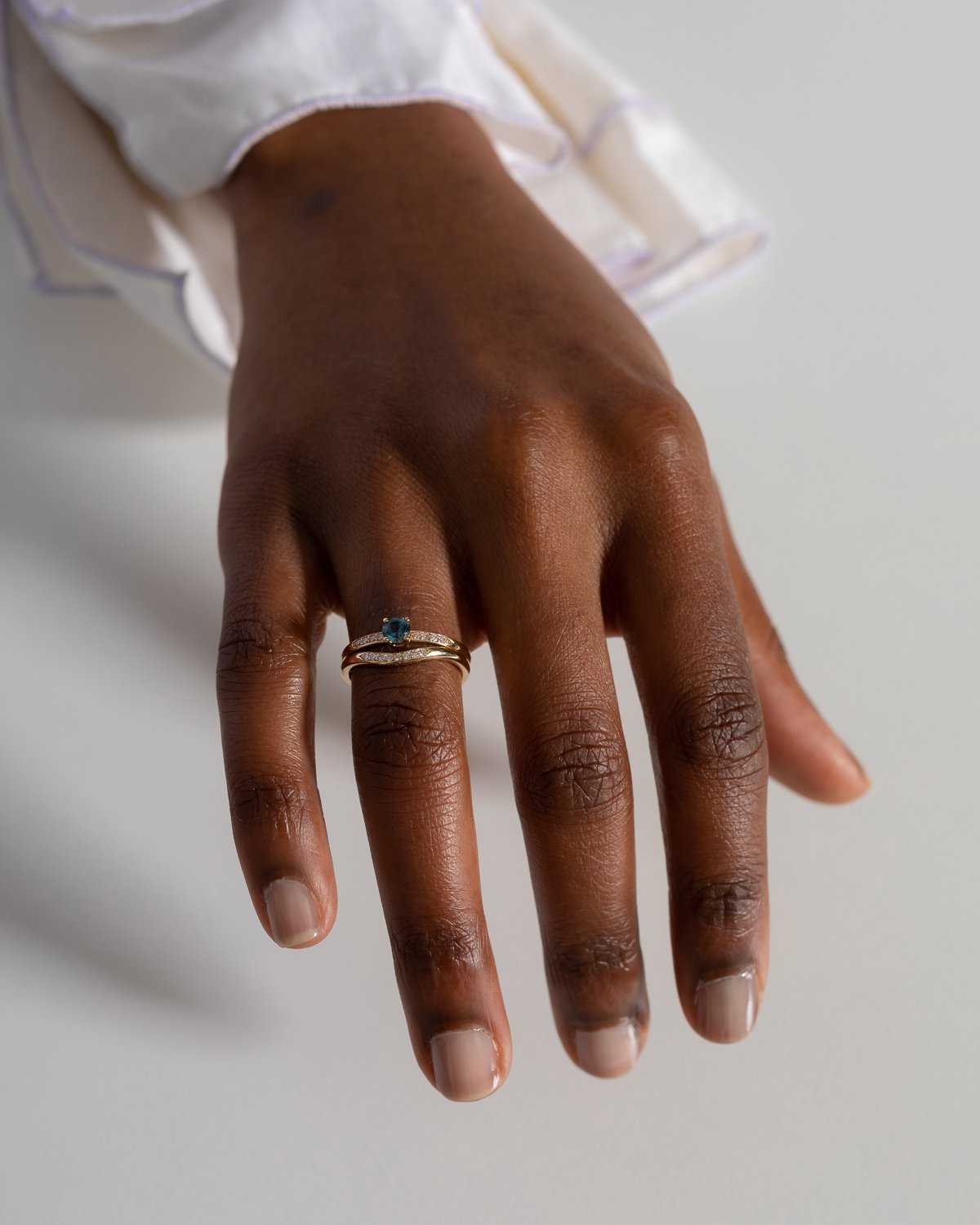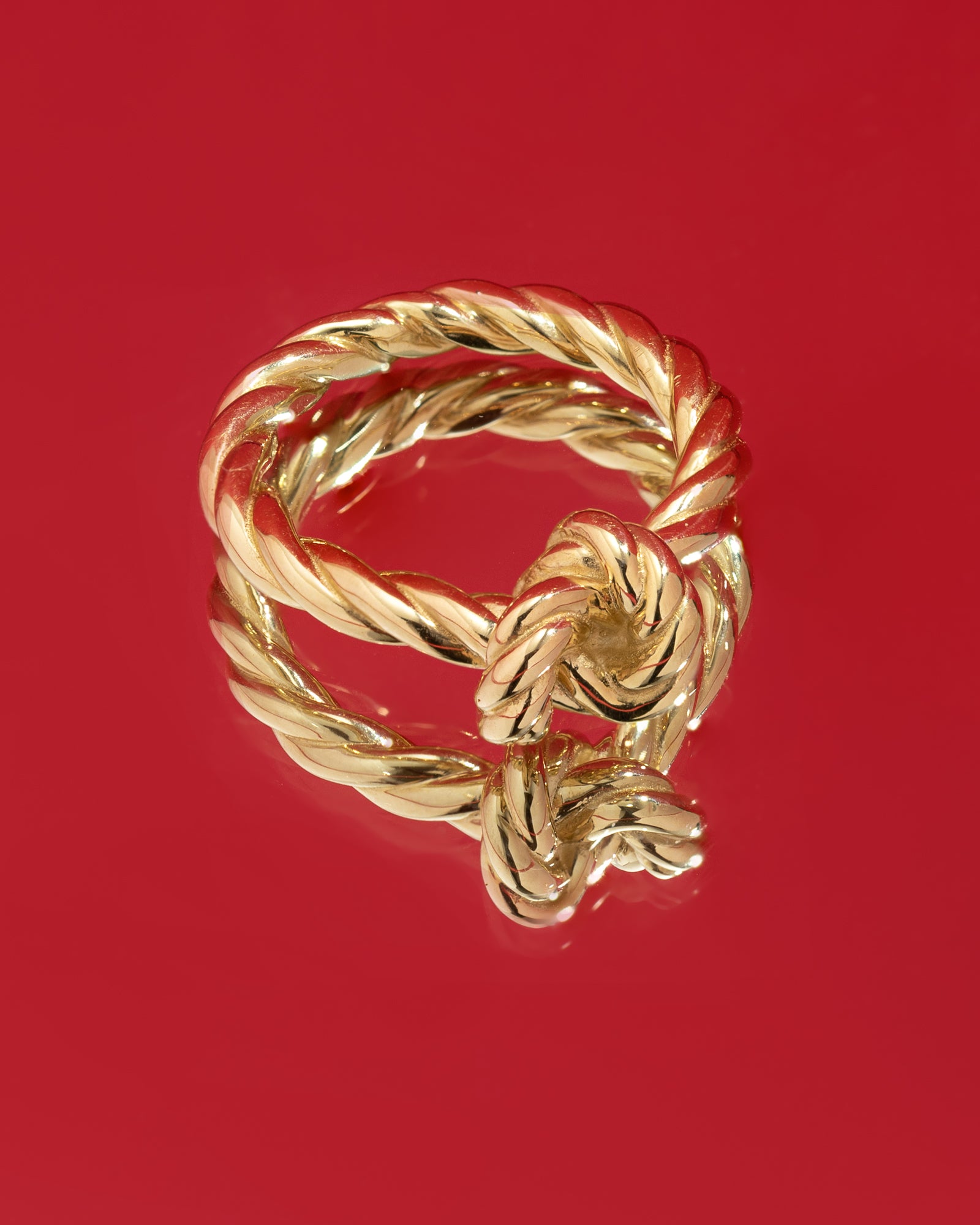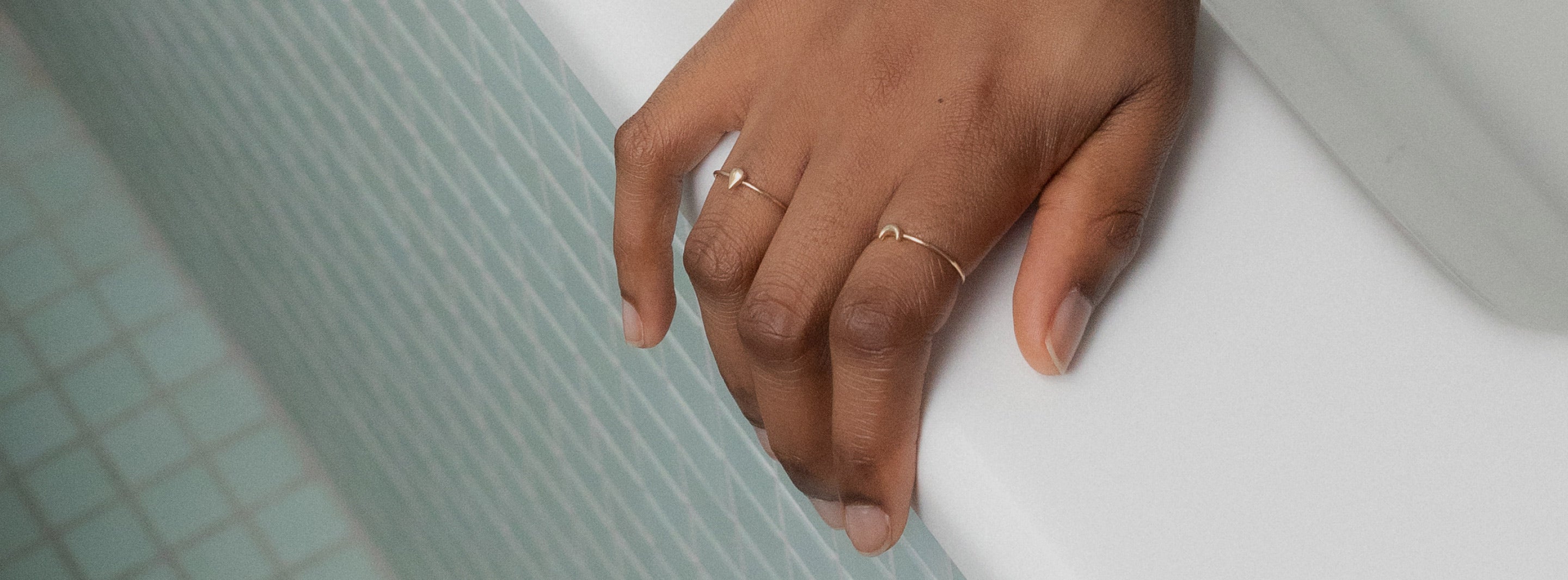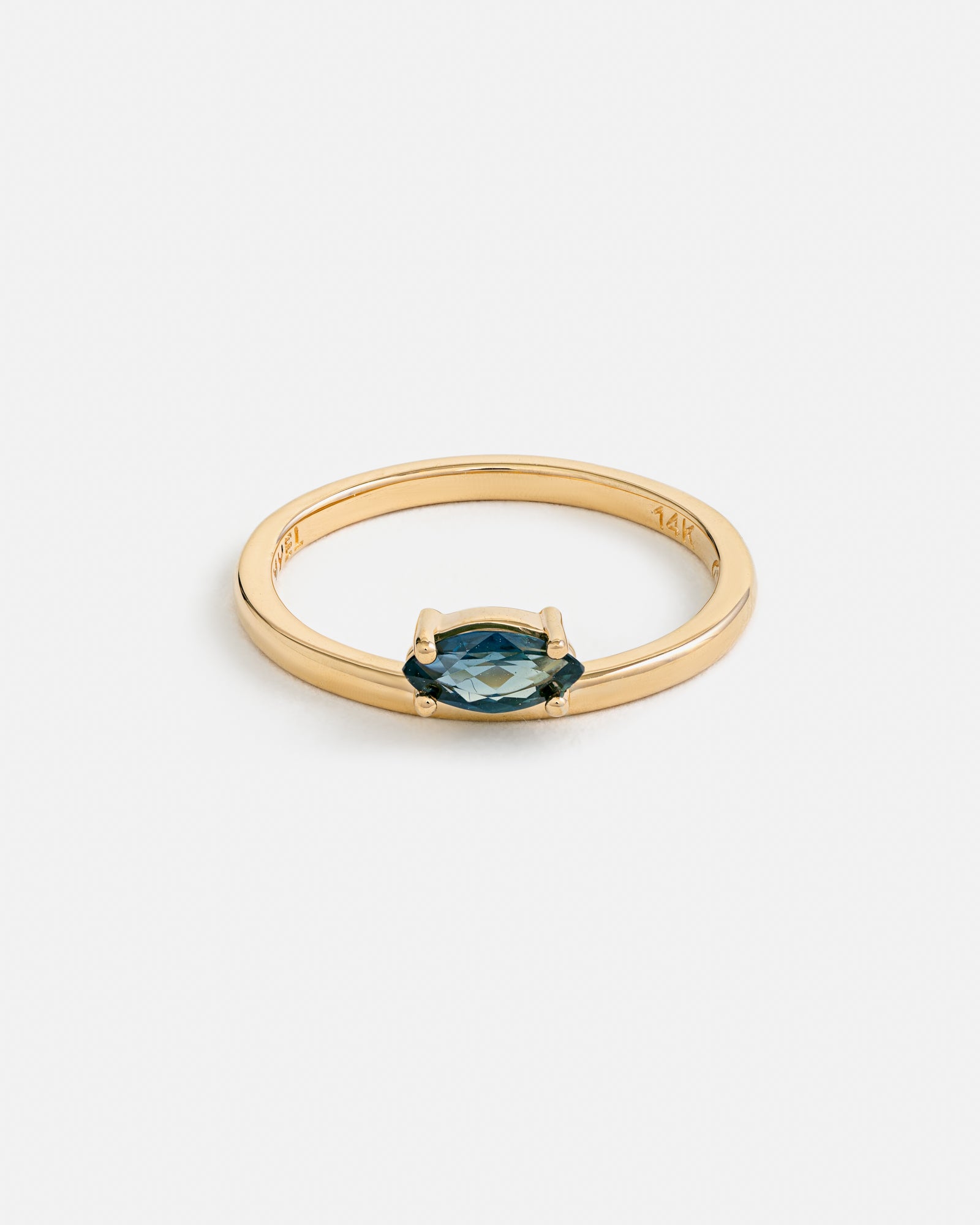
Paysages incroyables, faunes et flores spectaculaires, eaux turquoise et sable fin…L’Australie est un pays qui fait rêver, mais saviez-vous que c’est également l’un des plus grands producteurs de saphirs de haute qualité au monde? Recherchés pour leur couleur vibrante, leur clarté et leur dureté, les saphirs australiens sont très appréciés dans l’univers de la joaillerie haut de gamme. Lumière sur ces gemmes uniques et fascinantes!
1. Une pierre précieuse versatile
Les saphirs sont des pierres précieuses qui sont utilisées depuis des siècles dans la fabrication de bijoux. Ils sont souvent associés à la couleur bleue, même s’il est possible de trouver des saphirs roses, jaunes, verts, violets ou même incolores ! Cette pierre est également connue pour sa dureté et donc sa résistante aux rayures et aux chocs : elle atteint le score de 9 sur 10 sur l’échelle de Mohs. Ces caractéristiques font d’elle une pierre très appréciée particulièrement pour les bagues de fiançailles, et c’est d’ailleurs la pierre la plus utilisée en joaillerie après le célèbre diamant. On trouve des saphirs un peu partout dans le monde : au Sri Lanka, aux États-Unis, au Brésil, en Thaïlande, en Afrique et également en Australie.
Le saphir rouge n’existe pas et les pierres rouges que l'on peut trouver sur le marché et que l'on appelle "saphirs rouges" sont en fait des rubis ! Saphir et rubis sont des pierres précieuses sœurs. Elles sont toutes deux des minéraux appartenant à la famille des corindons. Le rubis prend sa teinte rouge à cause de la présence de chrome dans sa composition chimique.
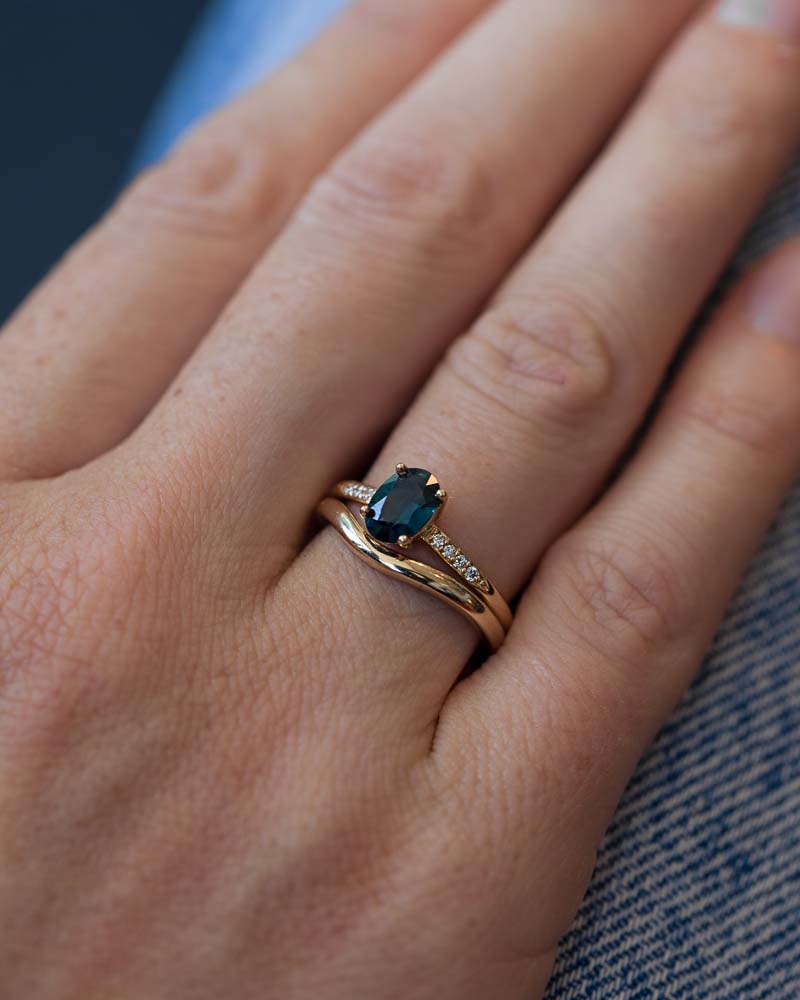
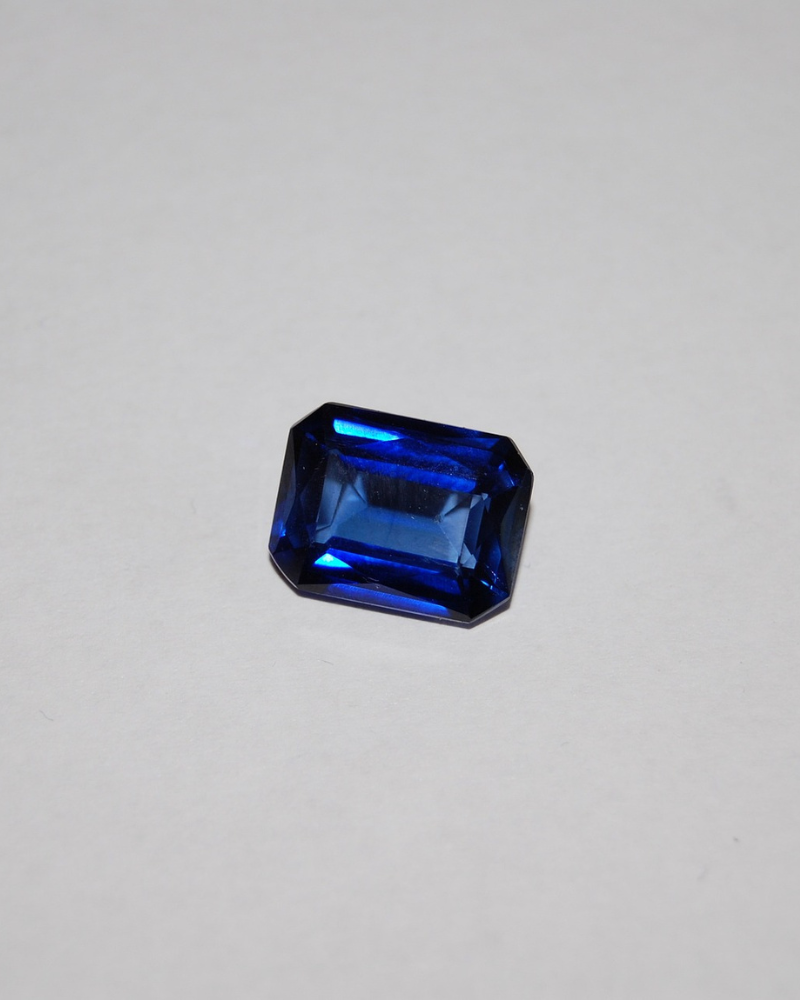
Le saviez-vous? Le saphir est souvent considéré comme un symbole de fidélité, de vérité et de loyauté, ce qui en fait une pierre populaire pour les bagues de fiançailles et les alliances. C’est aussi la pierre de naissance associée au mois de septembre.
4. Diamants naturels ou diamants de laboratoire?
Chez MYEL, nous achetons uniquement des pierres dont nous connaissons l’origine et pour les saphirs, nous choisissons uniquement des saphirs du Montana ou des saphirs d’Australie qui nous garantissent un niveau d’éthique élevé. Certains saphirs australiens que vous trouvez sur les bijoux MYEL proviennent d'Inverell, une petite ville de Nouvelle-Galles du Sud. Cette ville d'un peu plus de 11 000 habitants se trouve à l’est du pays, à environ 320 km au sud-ouest de Brisbane. Il y a quelques années, nos partenaires gemmologues Pierres de Charme ont eu la chance de rencontrer John Wilson qui exploite une des plus grandes mines de saphirs de l’Australie et emploie une dizaine de personnes.
En conclusion, les saphirs australiens sont des pierres précieuses de grande valeur et de qualité exceptionnelle et sont extraits dans des conditions respectueuses de la planète et de ses habitants, ce qui garantit leur traçabilité et un niveau d’éthique élevé. Leur beauté naturelle et leur rareté en font une pierre de choix pour les bijoux de haute qualité, notamment les bagues de fiançailles.



